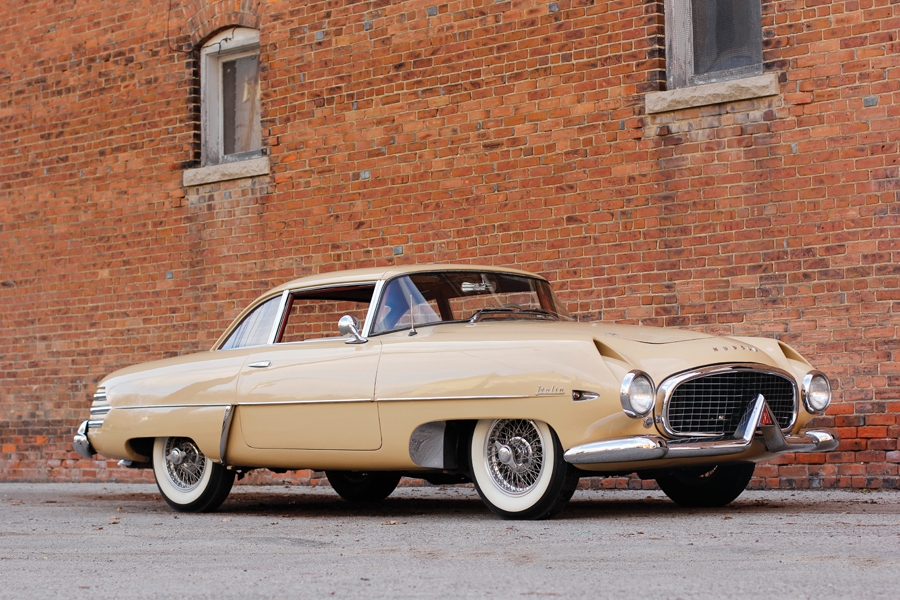- One of only 26 examples produced and one of just 21 remaining
- Powered by its original engine and equipped with overdrive
- Outstanding driver, tour- and road-ready
- Carefully inspected and extensively serviced by Mr. Ed Souers, Hudson Italia Historian for the Hudson Essex Terraplane Club and Manager of the National Hudson Motor Car Company Museum in Ypsilanti, MI
Chassis Number: 1T10018

